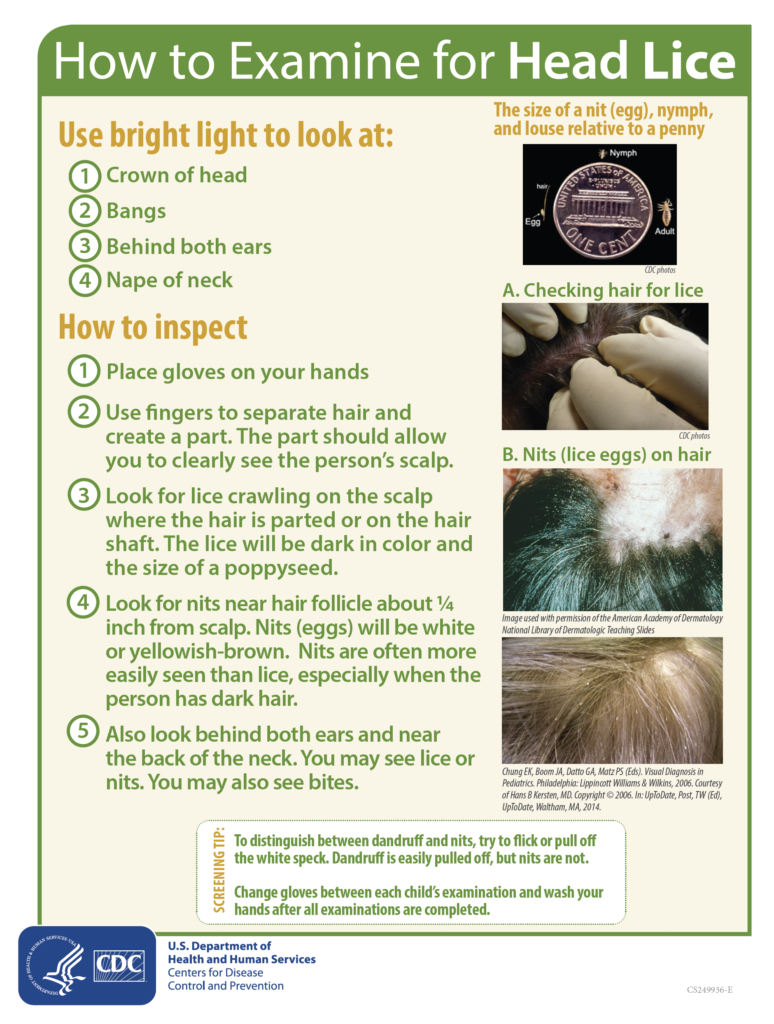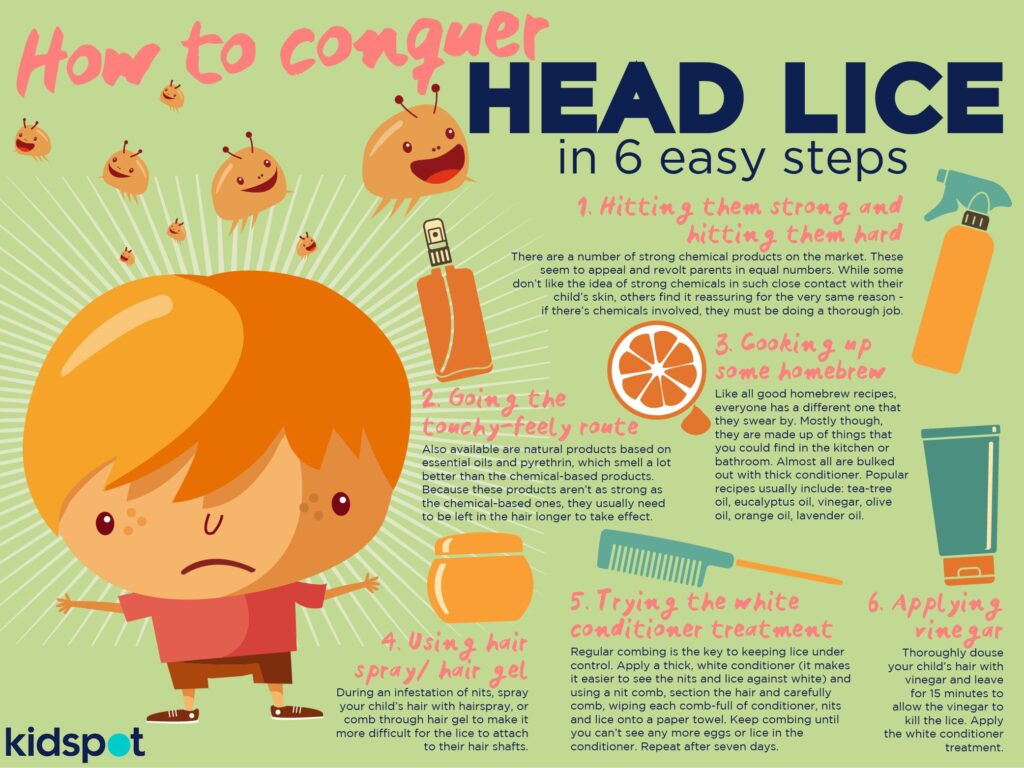FEELING ITCHY?
You’ve probably landed on our lice page because you either know or suspect that you or your child have them. First off, lice are fairly prevalent and typically indicate that your youngster is outgoing and has tidy hair. That means it is not your child’s fault they have caught the head lice, so please reassure your child that getting lice happens to people all the time.

Unfortunately, we are not allowed to offer services for removing lice and nits despite holding a license from the NC Cosmetology Board.However, while ridding your household of lice and knits is annoying, with the right strategy it is possible. Here is some information that will be useful whether you decide to treat at home or seek a lice expert, like the Lucky Lice Lady.
DIY REMOVAL

TREATING THE HEAD
- The Natural Olive Oil Treatment (recommended by Manta’s Cuts and the Lucky Lice Lady)
- Thourghly saturate the hair with olive oil.
- If possible let it set for at least two hours, you can cover the hair with a shower cap.
- Comb the oil and any live lice (and possibly some nits) out with a metal lice comb. When combing make sure to start at the scalp and comb every hair.
- Preparing for dry picking by thoroughly washing and drying the hair using your normal approach.
- Thoroughly dry pick the hair to remove any visible nits.
- Repeat the process every four days for about 20 days to break the reproductive cycle of the lice. The first time will take the longest.
- Chemical Approach (Not-recommended): Virtually all commercial preparations—both over-the-counter and prescription treatments—rely on poisons as the means of attempting to eradicate lice. The treatments may contain pyrethrins, permethrins, lindane, or malathion. We do not recommend them for three reasons: (1) their efficacy has been reduced since introduction; scientists speculate that lice are developing immunities to the poisons; (2) banned in many countries, these poisons may cause burning or severe systemic reaction when used on children. Patients tend to overuse them, and a burned or damaged scalp may result; (3) they can be very expensive. If you choose to use these products, please follow the manufacturer’s directions carefully and do not over-treat!
A FEW TIPS
- Consider inspecting and treating the whole family. A few missed lice or knits and the infestation can come back.
- Make sure you also treat the home and non-home environments your child frequents.
- A healthcare professional should evaluate very young children should you decide to use medications or store-bought chemical treatments.
- Consult with your daycare or school to find out their policy on returning to school after an infestation and treatment.
TREATING THE HOME
- Disinfect all your combs and brushes by soaking them in hot water (130 degrees F) for at least 15 minutes.
- Machine wash all clothing, towels, bed linens (especially pillow cases), blankets, etc. that have been used in the last 48 hours in hot water, and dry for at least 30 minutes on the highest heat cycle of your clothes dryer. Or you can send the items to the dry cleaner. *As an added precaution dry all bedding for 30 minutes on high heat. Repeat the high-temperature drying daily for two weeks, but your normal washing cycle may be continued.
- Store all other exposed items that cannot be machine-washed (like stuffed animals and dolls) in tightly sealed plastic bags for two weeks. Since lice cannot live outside the body for any longer than this time period, any remaining lice or nits will die.
- Vacuum or lint roll any affected areas such as rugs, furniture, and mattresses. Then discard the vacuum bag and roller tape when done.
TREATING THE NON-HOME ENVIRONMENT
- Please make sure that there are good communication links between home and all the settings your child attends, as an outbreak of head lice can quickly become widespread.
- Without their food source lice can only live for up to 48 hours once it has left the scalp, and while they move very slowly during this time, there is a chance that they could be transferred to other scalps by the following methods:
- Sharing hats or other head garments, as well as scarves or neck gear
- Hair brushes and combs
- Towels used to dry hair
- Sharing dress-up clothes
PROFESSIONAL REMOVAL
Should you not be comfortable with doing the process yourself, or if you need assistance, Lucky Lady is available to help you with treatments or “inspection of a head” for a reasonable fee.
If you already know you need their services please call
Rebecca at 910.616.6966
Chelsea at 910.616.7267
or visiting their website http://luckyladyliceremoval.knotmaster.com
